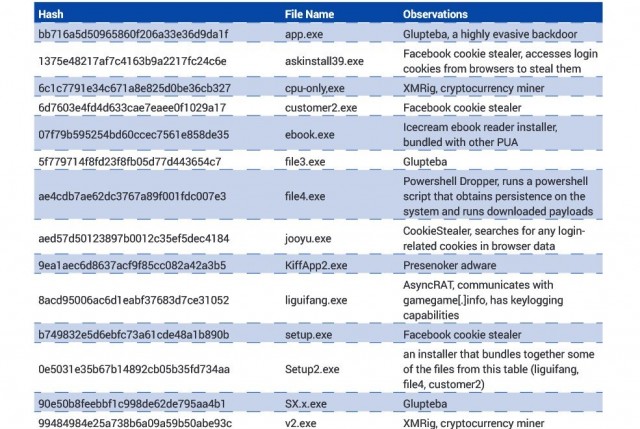

g) Pseudomorph of spinel (black), plagioclase (white) and corundum (gray) probably after sapphirine or staurolite (crossed nicols, PN32). f) Pseudomorph after biotite (?) melted incongruently to the assemblage Opx-Spl-glass (plane polarized light). e) Al-Opx rims around spinel in contact with plagioclase in garnetiferous gneiss xenolith (plane polarized light, PN29a). d) Detail of the decompressional corona shown in c) (plane polarized light). c) Multiple decompression coronas of Spl-Pl-Opx-Crn-glass around a garnet porphyroblast set in a plagioclase-rich foliated matrix (plane polarized light, PN29). b) High-Al orthopyroxene (Opx) (dark gray, plane polarized light) with inclusions of spinel (black) in a matrix of glass (gray, Gls) and quartz (white) (PN1). Photomicrographs of: a) Fractured quartz rimmed by former high tridymite (Trd) laths (crossed nicols, FO7405). Based on major and trace elements and Sr, Pb, and Nd isotope data, we conclude that the Puente Negro "andesite" was the end product ofa mantlederived, relatively longlived plumbing system of original basaltic composition that in the early Oligocene (29≣0 Ma) interacted with the continental crust at lower, middle and shallow levels, which are represented, respectively, by xenoliths of granulite facies quartzites and metapelites, mafic and ultramafic gabbroic rocks, and sanidinite facies quartzofeldspathic buchites.

The subsequent injection of this partially to totally crystallized magma chamber by a new basaltic batch apparently caused disaggregation of the hornblenderich rocks and transported the xenolithxenocryst load to the surface. The first basaltic hydrous magma represented by the gabbroic xenoliths differentiated in a magmatic chamber in the middle crust at 4≦ kbar based on Alinhornblende barometry. %) coexisting with spinel, ilmenitemagnetite pairs, and Fe/Mg partitioning between orthopyroxene and spinel in garnet coronas yield decompression metamorphic temperatures around 990 ☌, whereas coexisting hornblendeplagioclase and two pyroxenes in gabbroic xenoliths yield magmatic temperatures of 800 to 950 C. Aluminum in orthopyroxene (up to 11.6 Al2O3 wt. Decompression coronas of spinelplagioclaseorthopyroxene ± corundum ± glass aboutpolyphase garnetporphyroblasts inplagioclaseorthopyroxenespinel restitic gneisses, Alrich orthopyroxene coring Alpoor orthopyroxene xenocrysts, spinelplagioclasecorundum xenocrystic pseudomorphs probably after garnet, and local preservation of orthopyroxenesillimanite and garnethypersthenespinelquartz assemblages strongly support interaction of original basaltic magmas with the lower crust. Low pressure assemblages with tridymite, spinel, Alsilicates (mullite and sillimanite), two pyroxenes, FeTi oxides, and highsilica anatectic glasses indicate peak temperatures of pyrometamorphism above 1100 C. Garnet, corundum (including purpleblue sapphire), spinel, and aluminous orthopyroxene constitute the main types of deepseated xenocrysts derived from disaggregation of metamorphic rocks in the andesite. Xenoliths consist of highgrade garnetbearing gneisses, aluminous metapelites, impure quartzites, and abundant hornblenderich gabbroic rocks. This magma at Puente Negro intruded quartzofeldspathic gneisses and micaceous schists of the Paleozoic Acatlán Complex. The intrusion has a K≪r age of 29.2 ± 0.3 Ma on volcanic matrix and 30.5 ± 0.6Ma on hornblende xenocrysts,and it ispart of an arcrelated regional magmatic event in southern Mexico. This study presents petrologic, chemical, geochronological and isotopic data, as well as petrogenetic interpretations about a unique subvolcanic locality in southern Mexico that contains deepseated xenoliths and xenocrysts (igneous and metamorphic), albeit affected by extreme pyrometamorphism during rapid ascent in a composite andesitic dike.


 0 kommentar(er)
0 kommentar(er)
